Thalamus
Introduction
The thalamus is a large mass of gray matter located in the dorsal part of the diencephalon, a region of the brain. It is involved in a variety of functions, including relaying information between different regions of the brain, and in the regulation of consciousness, sleep, and alertness.
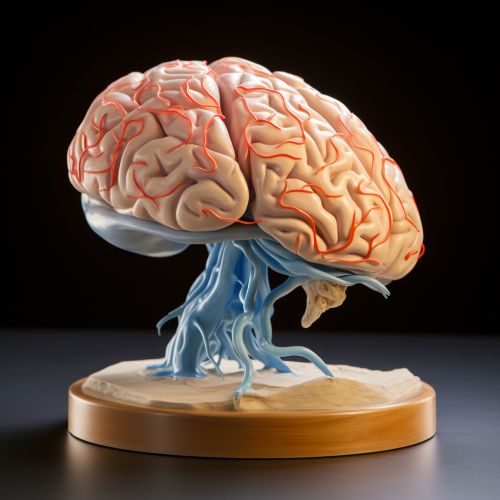
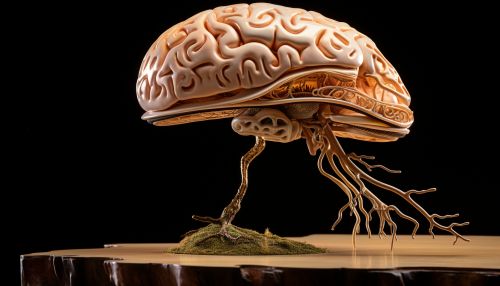
Anatomy
The thalamus is a paired structure, with each hemisphere of the brain having its own thalamus. It is approximately the size of a walnut and is situated just above the brainstem. The thalamus is divided into several lobes, or nuclei, each with its own specific function. These nuclei are grouped into anterior, medial, and lateral divisions.
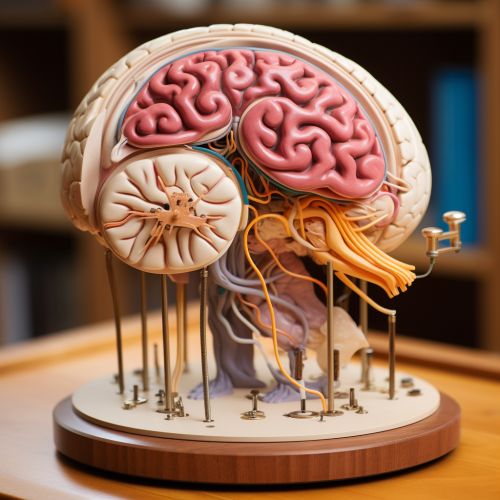
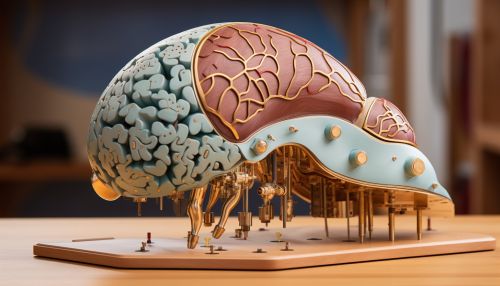
Functions
The thalamus has multiple functions due to its role as a relay station for information coming from the senses to the cerebral cortex. It is involved in the processing and transmission of sensory information, motor signals, and the regulation of consciousness and sleep.
Sensory Functions
The thalamus plays a key role in relaying sensory information from the peripheral nervous system to the cerebral cortex. This includes information from all the senses, except for the sense of smell. The sensory information is processed and interpreted in the thalamus before being sent to the cerebral cortex for further processing.
Motor Functions
The thalamus is also involved in the relay of motor signals. It receives signals from the basal ganglia and the cerebellum, and sends them to the cerebral cortex. This helps in the coordination and control of voluntary movements.
Regulation of Consciousness, Sleep, and Alertness
The thalamus plays a crucial role in the regulation of states of consciousness, sleep, and alertness. It is involved in the generation of slow-wave sleep patterns and is also believed to play a role in the regulation of REM (rapid eye movement) sleep.
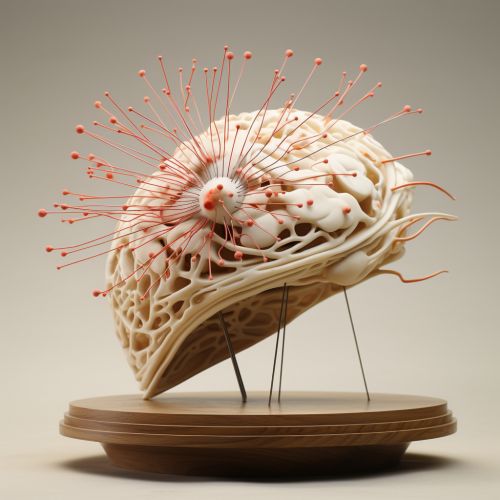
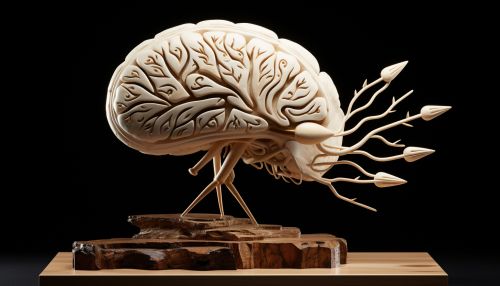
Clinical Significance
Damage to the thalamus can result in a wide range of neurological problems, depending on the specific area that is affected. These can include sensory deficits, movement disorders, and sleep disturbances. Thalamic pain syndrome, also known as central pain syndrome, is a particularly distressing condition that can occur following thalamic stroke.
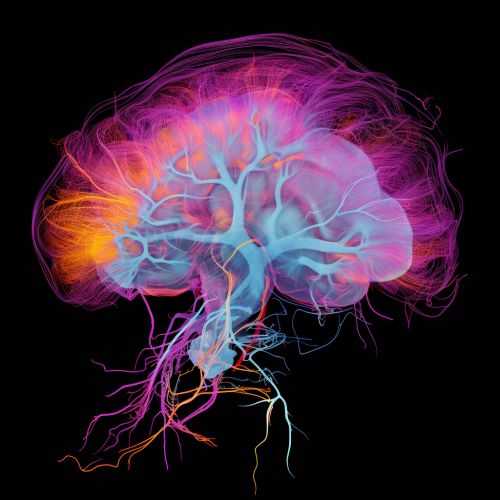
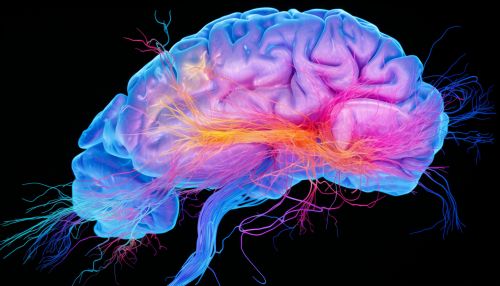
Research and Future Directions
Research into the thalamus is ongoing, with scientists seeking to better understand its complex role in the brain. This includes research into the role of the thalamus in consciousness and how damage to the thalamus can result in disorders of consciousness. There is also interest in the potential for therapeutic interventions targeting the thalamus for a range of neurological conditions.


